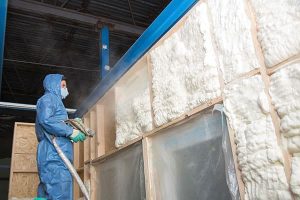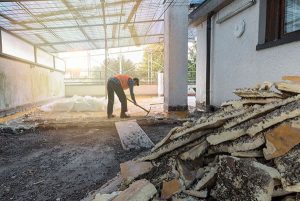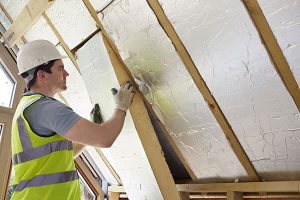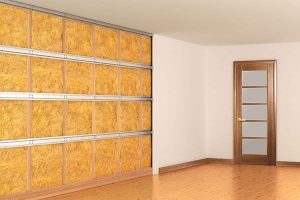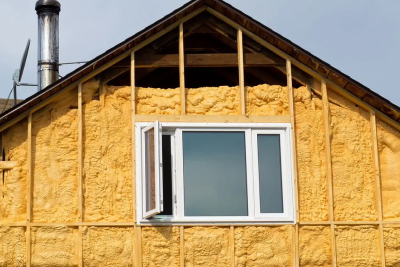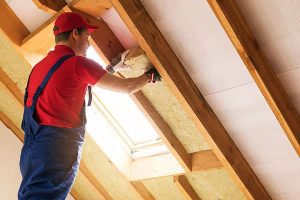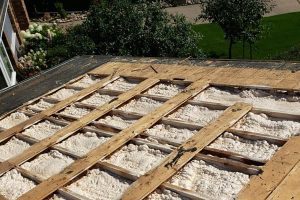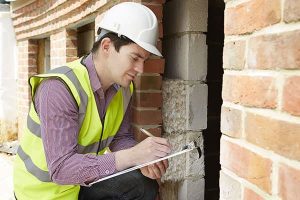Looking for savings on your energy bills? Needing more protection from street noise? New insulation can provide all of this while adding to your property value. Insulation can degrade over the years, resulting in lowered energy efficiency. It’s also possible for rodents or pests to damage and contaminate existing insulation which can lead to odors and air leaks. In addition, older installs may not offer the same benefits that modern materials can provide. A professional assessment can help you discover the condition of your existing insulation, and will help you plan for upgrading your building’s sound protection and energy efficiency.
When you are ready to install new insulation, you may need to familiarize yourself with some of the new products available and the new installation methods available. Some insulation requires the removal of wall panels while others can be blown-in with limited change to the building structure or finish.
Insulation installation is best handled by professionals. The materials involved can pose a health hazard, and trained professionals have the experience and protective equipment to complete the job safely. In addition, many installs require the removal of old insulation. This can be particularly hazardous as old material may be contaminated by mold, mildew, rodent waste, and sometimes asbestos. Proinsulate has completed thousands of insulation installs in the Edmonton area, both residential and commercial. Contact us for a professional assessment and specific details which apply to your individual needs.
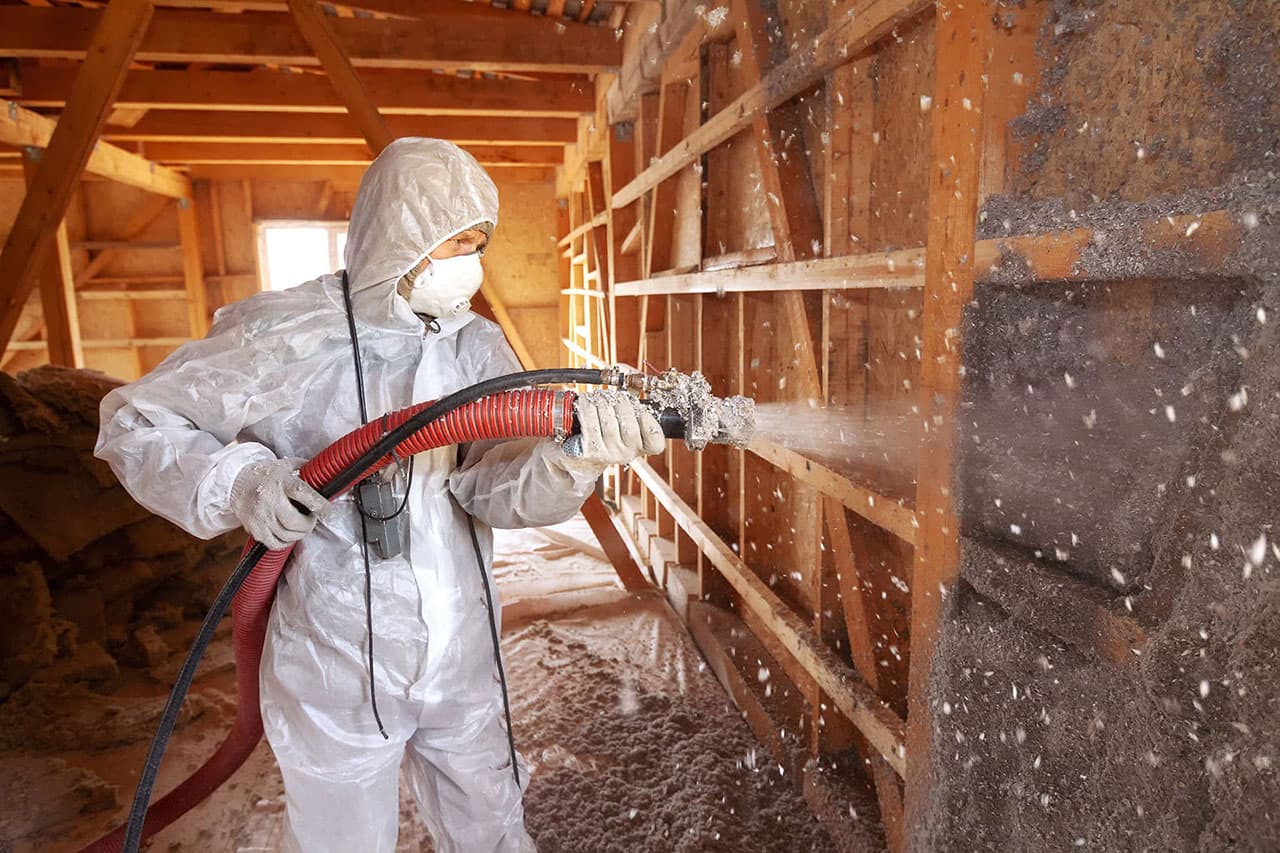
Benefits of Installing New Insulation
Insulation provides resistance to heat flow and can reduce your energy expenses. Modern insulation methods like spray foam can provide an airtight seal which also helps to reduce drafts. Fresh insulation won’t only lower your utility bills, but it can also give you a more comfortable home environment. Insulation doesn’t last forever and will settle and provide less insulating benefits over the years. Damage can accumulate over time but can also happen suddenly. Roof or pipe leaks can drench insulation in attics and walls leading to compromised performance and a greater risk of mold and mildew. Replacing damaged insulation can keep your energy costs low and protect your home or business investment.
New insulation doesn’t only lower utility bills. It can also block sounds between rooms and from outside. It’s sometimes easy to overlook sound pollution. Street noise, kids playing in a different room, noise from neighbors, etc. These sounds can blend into a constant background of noise pollution inside your building which is easy to overlook. Fresh, modern insulation can reduce these sounds and give you a more comfortable and relaxing environment.
Types of Insulation
There are a few different types of insulation available. Spray foam is popular and a good choice for forming an airtight layer of protection inside walls and ceilings. This adhesive material is sprayed inside wall cavities and ceiling areas where it hardens to form a seal that blocks drafts and reduces heat transfer. This insulation material is difficult to apply correctly. Trained technicians have the experience to safely install this material.
Blown-in insulation is an affordable insulation method that involves blowing loose-fill material into wall cavities and between ceiling joists. Available types include treated cellulose, fiberglass, or Rockwool. Cellulose is the cheapest choice and is usually made from recycled paper and cardboard. Cellulose loose fill has been treated to resist fire, mold, and mildew. A drawback to blown-in insulation is that it can shift and settle over time. Inside wall cavities this insulation has a tendency to settle, leaving a small gap at the top. It’s possible to add more insulation to fill this gap, but many ignore these small gaps.
Installing an Adequate Amount of Insulation
The proper amount of insulation to install varies depending on climate and what part of your building is being insulated. Ceiling areas need the greatest amount of insulation, while walls need less. The exact amount required varies depending on climate and local building regulations. These regulations change over time, so you may find that your building doesn’t have the currently recommended amount of protection.
The ability of insulation to resist heat flow is represented as R-values. Knowing the required R-value for your location allows installers to precisely measure how much insulation is placed in your structure. In Alberta, recommended R-values are around R22 for wall cavities and R60 for ceilings below attics. This information is general and subject to change. Schedule a professional assessment to know exactly how much insulation is needed for your building.
Installing Spray Foam Insulation
Spray foam insulation is formed from a mixture of two chemicals, usually isocyanate and polyol resin. These chemicals are transported by gas pressure to a spray gun where they meet at the tip. Once applied to the needed surface the mixture sticks and begins expanding into a foam. The foaming action creates small pockets known as cells. These tiny air pockets resist heat and sound. An advantage of spray foam is its ability to conform to irregular surfaces and fill tiny gaps. This makes it ideal when an airtight seal is needed.
Spray foam insulation comes in two different forms: open-cell and closed-cell. Both types have their advantages and drawbacks. Closed-cell spray foam is more expensive but its closed-air pockets are more resistant to water vapor. This type of foam is denser and more rigid than open-cell spray foam, and can even improve structural integrity in some cases.
Open-cell spray foam is a more affordable choice, but it has its own disadvantages. Unlike closed-cell foam, its open cells are more susceptible to water vapor which means it often needs an added vapor barrier. Open-cell spray foam has other advantages which can make it more appealing to some customers.
Installation technicians ideally need full access to all surfaces when applying spray foam insulation. This is easier in ceiling areas than walls which need drywall removal to expose cavities between studs. In practice, this is easier than it sounds. In new construction, wall cavities are open during assembly. When replacing old wall insulation, drywall is often removed to extract old insulation material. Some DIY resources state that spray foam can be installed through holes drilled in drywall. This is usually a bad idea because expanding foam can deform walls and exterior siding. It often also results in uneven insulation coverage as unseen areas can easily be missed.
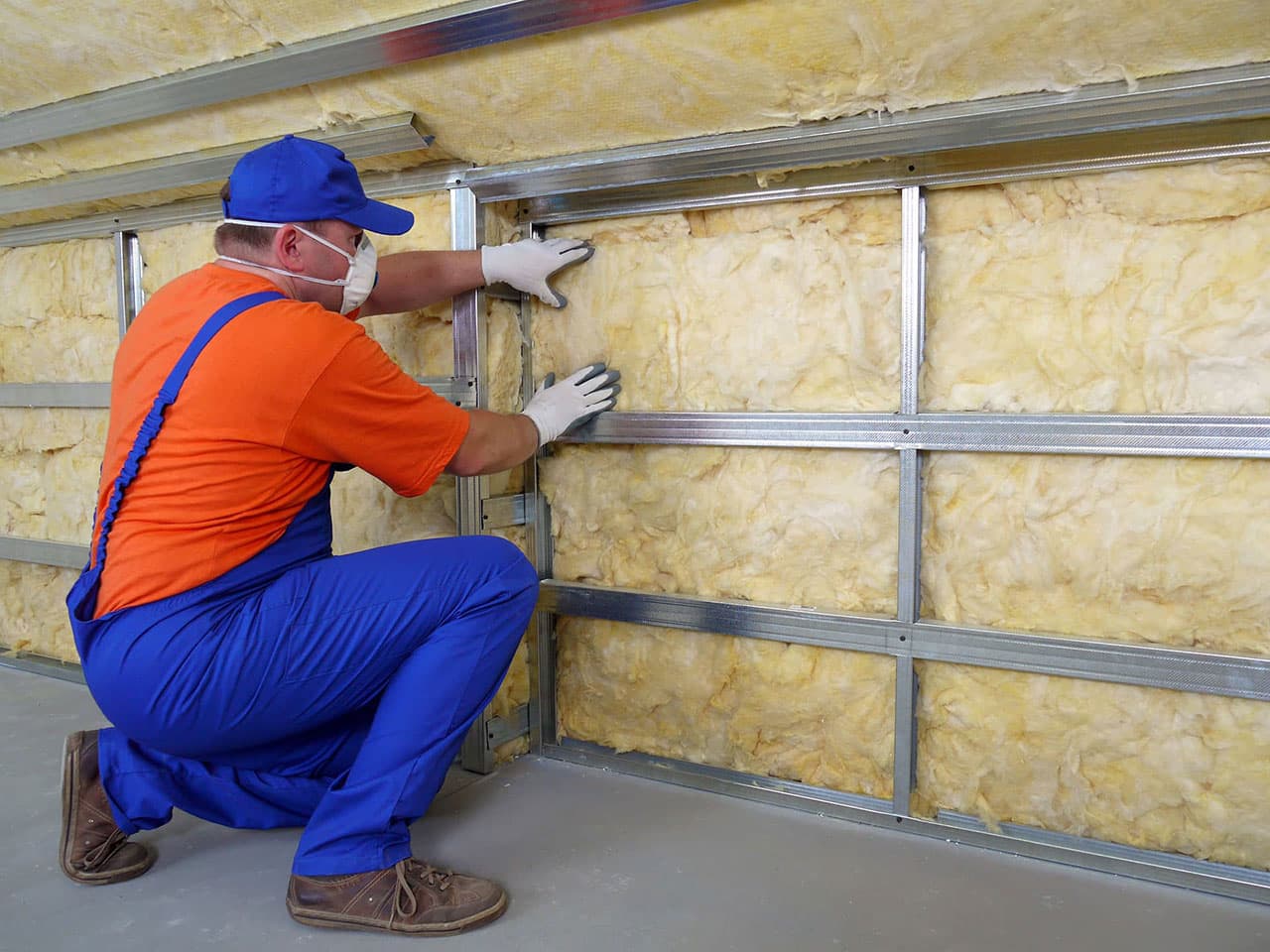
Installing Blown-in Insulation
Blow-in insulation is an economical method with involves forcing loose-fill insulation into walls with professional blowing equipment. The loose fill used can be treated cellulose, fiberglass, or Rockwool. Different materials have their own advantages and drawbacks. Cellulose is usually cheaper but has issues with settling and a shorter lifespan. Rockwool is more expensive but has greater fire resistance, excellent longevity, and fewer problems with settling.
All blown-in insulation materials present some health hazards. Professional installers have experience and proper protective equipment to apply this material safely. Trying a DIY solution can expose you, your family, or customers to hazardous materials. Some loose-fill such as Rockwool and fiberglass may present added dangers when installed incorrectly.
Blown-in insulation can be added during construction or through holes drilled in the siding. These holes are then sealed with plugs that match your building’s exterior. Sometimes, this isn’t the best strategy for all properties and a professional assessment is needed to discover the best way to install blown-in insulation.
Installing Fiberglass Batt Insulation
Fiberglass batts are a common insulation material in new construction but have many drawbacks. The insulation batts can be wedged between ceiling joists and between wall studs, but aren’t capable of providing an airtight seal. Fiberglass is a health hazard when disturbed, and fibers are skin and respiratory irritants. Additionally, fiberglass batt insulation doesn’t have the longevity of modern methods like spray foam.
For all its drawbacks it’s economical and easy to install. Batts are cut to size and wedged in place. Irregular spaces can present a challenge and need custom-shaped pieces of insulation. This insulation is available with and without special vapor barrier backing. Vapor barriers are needed for wall installation of fiberglass batt.
This is a common method of insulation used by DIY-ers. It’s easy to get and installation is usually simple. However, it’s important to remember that fiberglass is an irritant that needs adequate protective equipment. This includes skin and eye protection as well as a proper respirator or mask. Property owners are advised to avoid the temptation to cut corners and try a DIY install of this insulation. Contact a professional for an assessment to get the best recommendation for your building.
Frequently Asked Questions
Proinsulate Service Areas
Our team works in Edmonton and surrounding areas including Stony Plain, Spruce Grove, St. Albert, Sherwood Park, Fort Saskatchewan, and Leduc. If you have any questions about an insulation project in your area, don’t hesitate to reach out to our team.
CITIES WE SERVE
COMMUNITIES WE SERVE
COMMUNITIES WE SERVE
COMMUNITIES WE SERVE
What our Clients Say
Similar Insulation Services
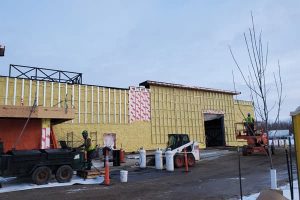

Commercial Insulation
Create a safe and effective working environment with better thermal and fireproof protections, effective moisture and vapour barriers and reduce unnecessary noise pollution
Proud Suppliers Of













